Posted by Cjay (here)
...continued from previous post
Companion Planting Guide
Full details: http://permaculture.org.au/2010/07/3...lanting-guide/Sometimes you end up wishing you had a resource at hand to make it easier to apply Permaculture principles. This was the case for myself when it came time to start thinking about beneficial groupings of plants and those groupings that do not go well together.
This is what I often find lacking with the current publications on offer from PRI and from those in the community. There is a lot of good knowledge locked up that could benefit so many of us in applying permaculture principles.
A simple A3 or A4 information sheet or booklet of a small number of pages is easy to mentally digest and take in and very handy to have as a reference, either printed out and hung up on the wall or on the computer when we sit down and start thinking about designing our gardens or food systems.
IDEP A3 Poster Chart (external pdf): http://www.permaculture.org.au/resou..._Com_Plant.pdf
these links seem to be broked, you dont have a full size copy of that chart by any chance do you?
- Home
- Forum
- Chat
- Donate
- What's New?
-
Site Links

-
Avalon Library

-
External Sites

- Solari Report | Catherine Austin Fitts
- The Wall Will Fall | Vanessa Beeley
- Unsafe Space | Keri Smith
- Giza Death Star | Joseph P. Farrell
- The Last American Vagabond
- Caitlin Johnstone
- John Pilger
- Voltaire Network
- Suspicious Observers
- Peak Prosperity | Chris Martenson
- Dark Journalist
- The Black Vault
- Global Research | Michael Chossudovsky
- Corbett Report
- Infowars
- Natural News
- Ice Age Farmer
- Dr. Joseph Mercola
- Childrens Health Defense
- Geoengineering Watch | Dane Wigington
- Truthstream Media
- Unlimited Hangout | Whitney Webb
- Wikileaks index
- Vaccine Impact
- Eva Bartlett (In Gaza blog)
- Scott Ritter
- Redacted (Natalie & Clayton Morris)
- Judging Freedom (Andrew Napolitano)
- Alexander Mercouris
- The Duran
- Simplicius The Thinker





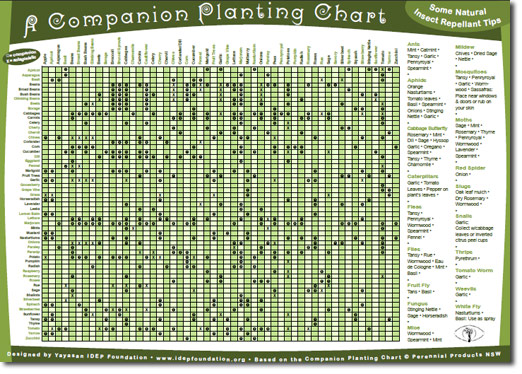
 Reply With Quote
Reply With Quote
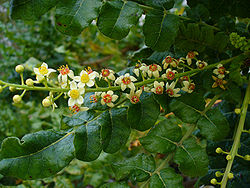


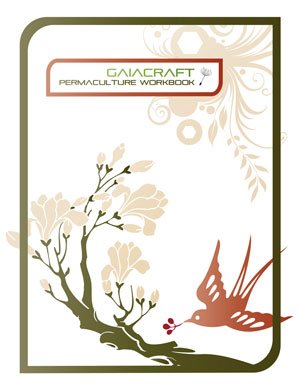

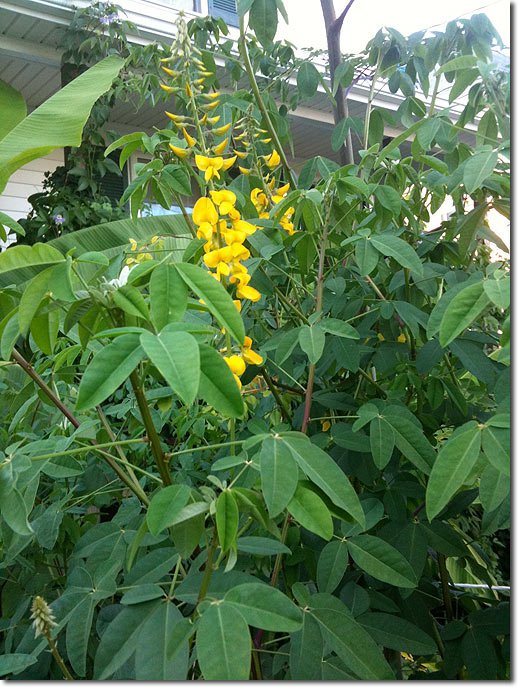
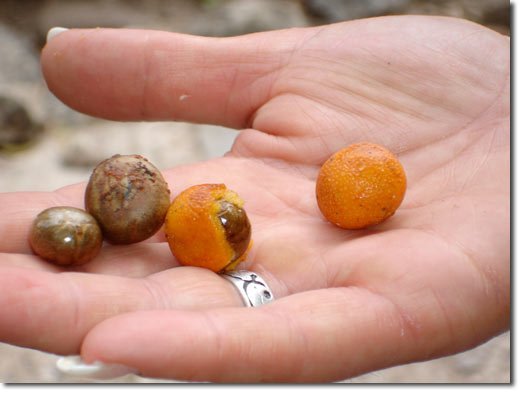
















Bookmarks